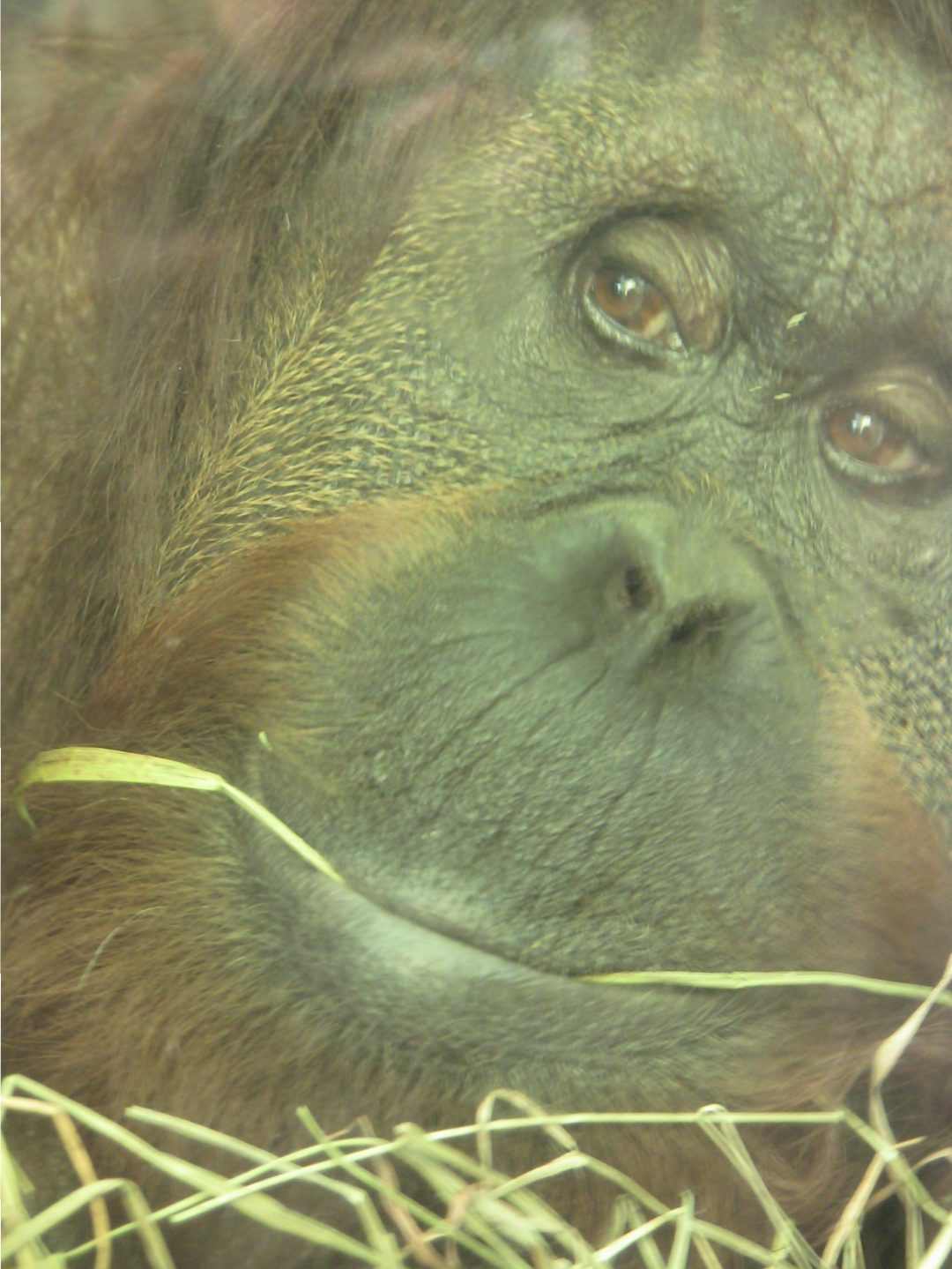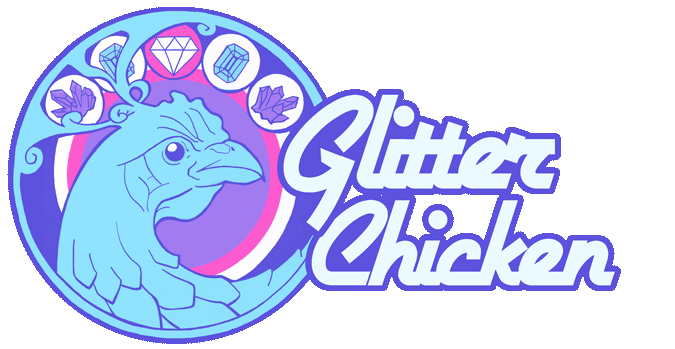National Zoo
 At the National Zoo in Washington, DC, conservation is key. And they’re not just monkeying around. They’re seriously committed to their mission of trying to rescue species teetering on the brink of extinction. Sure, they have all the cutesy attractions visitors would expect to find, like a carousel and a choo-choo train and a petting zoo called “Kid’s Farm,” but it’s so much more than a toddler’s playground.
At the National Zoo in Washington, DC, conservation is key. And they’re not just monkeying around. They’re seriously committed to their mission of trying to rescue species teetering on the brink of extinction. Sure, they have all the cutesy attractions visitors would expect to find, like a carousel and a choo-choo train and a petting zoo called “Kid’s Farm,” but it’s so much more than a toddler’s playground.
Evidence of the National Zoo’s stated commitment to “Save Species” is everywhere.[1] Many of the animal exhibits teach you about where and how they live in the wild and the shrinkage of their habitats, particularly if they are vulnerable or endangered. Some exhibits even provide information about what you can do to help save species, such as stop buying cookies made with palm oil because rapid deforestation caused by palm oil plantations is destroying the habitat of several critically endangered species, including the orangutan, Borneo elephant, and Sumatran rhinoceros. (Homemade cookies taste better anyway). Consistent with its message, the zoo carefully chooses what it sells to the public. For example, it only sells Bird Friendly Coffee, which means the coffee beans come from farms using a combination of foliage cover, tree height and biodiversity to provide quality habitat for birds and other wildlife.[2]
What’s more, all of the money you spend at the zoo - whether it’s for a map, slice of pizza, or stuffed panda bear to clip on your backpack - goes toward funding the zoo’s conservation efforts. So if things seem a tad bit more expensive, there’s a legitimate justification, especially when you factor in that zoo admission is FREE for EVERYONE. That’s right. No one ever has to pay to get inside.[3] Astounded, we wondered how can an organization so devoted to saving species possibly manage to stay open 364 days a year if it doesn’t charge an admission fee?[4] Then we learned from the nice brochure accompanying the map we bought that the National Zoo is part of the Smithsonian Institution, which operates numerous museums and the botanical gardens in Washington, DC, most of them at the National Mall. Because admission to all other Smithsonian buildings and gardens is free, its only logical that admission to the zoological gardens would be free too.[5]
When we dug a little deeper into the brochure, we learned that the National Zoo was created by an Act of Congress in 1889[6] for “the advancement of science and the instruction and recreation of the people,” after successful lobbying efforts led by scientist William Temple Hornaday, who witnessed the wild buffalo herds roaming the Great Plains get hunted to the brink of extinction.[7] Suddenly it all made sense; the Smithsonian’s National Zoo was tasked with the mission of conservation at its inception and it’s been following through ever since. That’s why they created the affiliated Conservation Biology Institute (SCBI) that initiates research projects aimed at saving species and offers educational opportunities and training for future conservationists.[8]
So now that we’ve given you the lowdown on why the Smithsonian National Zoo exists and what it’s all about, you might want to hear our recommendations on what to see when you visit. Honestly, that’s going to depend upon your area of interest. Is any animal worth more than another? Not to us. The name Glitterchicken was derived from Victor Van Gogh's concept that there’s no creature in the barnyard too lowly to sparkle and shine. But of course, no trip to the National Zoo is complete without viewing its most famous inhabitants, the Giant Pandas,[9] but we were thrilled to see the golden lion tamarins (tiny endangered Brazilian monkeys) leaping from branch to branch, the Bettongs (nocturnal Australian marsupials) bouncing on each other, and the King Cobra swaying his mesmerizing deadly dance.
The National Zoo is comprised of three parts – the Upper Zoo, the Valley, and the Lower Zoo, which are all connected by the Olmsted Walkway.[10] Starting at the Main Entrance at 3000 Connecticut Avenue NW, we took the Asia Trail down through the Upper Zoo, stopping to see the sloth bears and the giant pandas, and then stopped at the Elephant Community Center and the Przewalski’s horse enclosure in the Valley, and then spent the remainder of our visit in the Lower Zoo visiting the Small Mammal House, the Reptile Discovery Center, and the Great Ape House. Some of our decision-making was based on the fact that it felt good to be indoors at times because the calendar said it was Spring, but the thermometer said it was still Winter. Most of our decisions were based on our desire to learn about animals we had never even heard of or rarely, if ever, get to see up close, like screaming hairy armadillos and naked mole rats.[11]
Be sure to check the Daily Animal Programs calendar (either online or print version) for a listing of events that will greatly enhance your family’s experience such as animal feeding and enrichment sessions and opportunities to chat with zookeepers. We enjoyed watching the giant pandas chow down on popsicles at their enrichment session and learned a lot from talking with an elephant keeper at the Elephant Community Center.
And last but not least, stop and pay a visit to our closest critically endangered closest living relatives – the orangutans. The National Zoo has installed something called an “O-line,” which resembles two tightropes strung close together for the orangutans to climb on, but when we visited, the orangutans weren’t interested in the O-line. They were interested in us. Three different orangutans pressed up right against the glass to ogle the crowds taking videos with their tablets and propping their dazed little kids up to the glass for photo ops. One kid was wearing a sock monkey hat. No wonder people-watching is the orangutans’ favorite pastime. The human zoo is entertaining, like reality TV. The scary part is the human zoo doesn’t have keepers; it’s wild and dangerous with the intellectual capacity to rationalize horrific behavior. Fortunately for the orangutans at the National Zoo, they’re safe behind the protective glass wall. If only the orangutans in Borneo and Sumatra were so lucky.
[1] All over the place there are posted signs and volunteers wearing buttons saying “We Save Species.”
[2] The Smithsonian’s National Zoo and its affiliated Conservation Biology Institute’s Migratory Bird Center invented the Smithsonian Bird Friendly designation, which they call the “only scientifically-backed shade grown coffee certification.” Products bearing this certification are recognizable by a gold emblematic seal symbolizing the gold standard in habitat conservation. For more information about Bird Friendly Coffee and where to buy it, see https://nationalzoo.si.edu/migratory-birds/where-buy-bird-friendly-coffee
[3] There is a donation box at the front gate, however, and other donation boxes scattered around the zoo that do provide an opportunity to give financial support. Our favorite is the box in the Elephant Community Center that trumpets like an elephant when you put your money in.
[4] The National Zoo is only closed on December 25th, Christmas Day. This gives the animals time to open their presents from Santa Claus, unless they were naughty and then they only get coal.
[5] Approximately 30 million people visit the Smithsonian every year free of charge. Two-thirds of the annual budget of 1.2 billion comes from federal appropriations and the remainder comes from the corporate contributions, membership dues, the Institution’s endowment, subscriptions to publications, and earned retail, concessions, and licensing revenue. For more facts about the Smithsonian Institution, see https://en.wikipedia.org/wiki/Smithsonian_Institution
[6] In 1887, before the creation of the National Zoo, the Smithsonian exhibited the animals at the National Mall, where you can imagine, they were a big hit with visitors from all over the world.
[7] With wildlife so plentiful in the early days of the colonies and the United States, it must have been traumatic to see first-hand that extinction of a species was not only possible but could occur rapidly if immediate animal protection safeguards were not put in place.
[8] The SCBI facility in Front Royal, Virginia, is open to the public one a year for Conservation Discovery Day. The event features career panel discussions with conservation biologists, field ecologists, research scientists, veterinarians and animal keepers. This would be an excellent opportunity for anyone interested in a career in conservation. To learn more, see https://nationalzoo.si.edu/events/conservation-discovery-day
[9] Just like the story of Goldilocks and the 3 Bears, the National Zoo has a Mommy Bear (Mei Xiang), a Daddy Bear (Tian Tian), and a Baby Bear (Bei Bei).
[10] The Smithsonian’s National Zoo was designed by famous landscape architect Frederick Law Olmsted. Thus, the historic promenade running through it was named in his honor. Olmsted Walk was re-designed in 2017 by the firm Oehme, van Sweden (OvS) that re-interprets the National Zoo as a “biopark,” wherein traditional zoo exhibits have been expanded into “total environments” that call to mind the animals’ original habitats. For more about the renovation, see http://www.ovsla.com/portfolio-items/olmsted-walk-national-zoo-dc/
[11] Instead of curling up into a ball, screaming hairy armadillos scream when they’re in danger. Naked mole rats look like mice without fur but with 2 long curved teeth they use to dig underground pathways.

